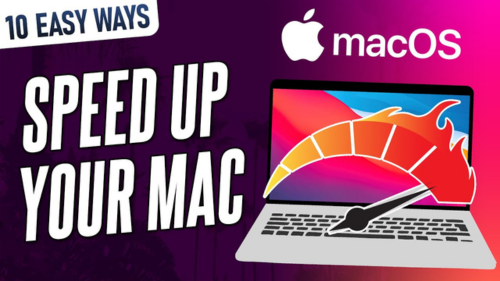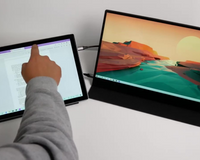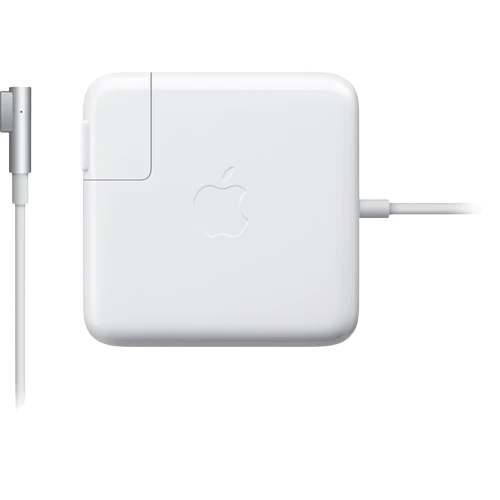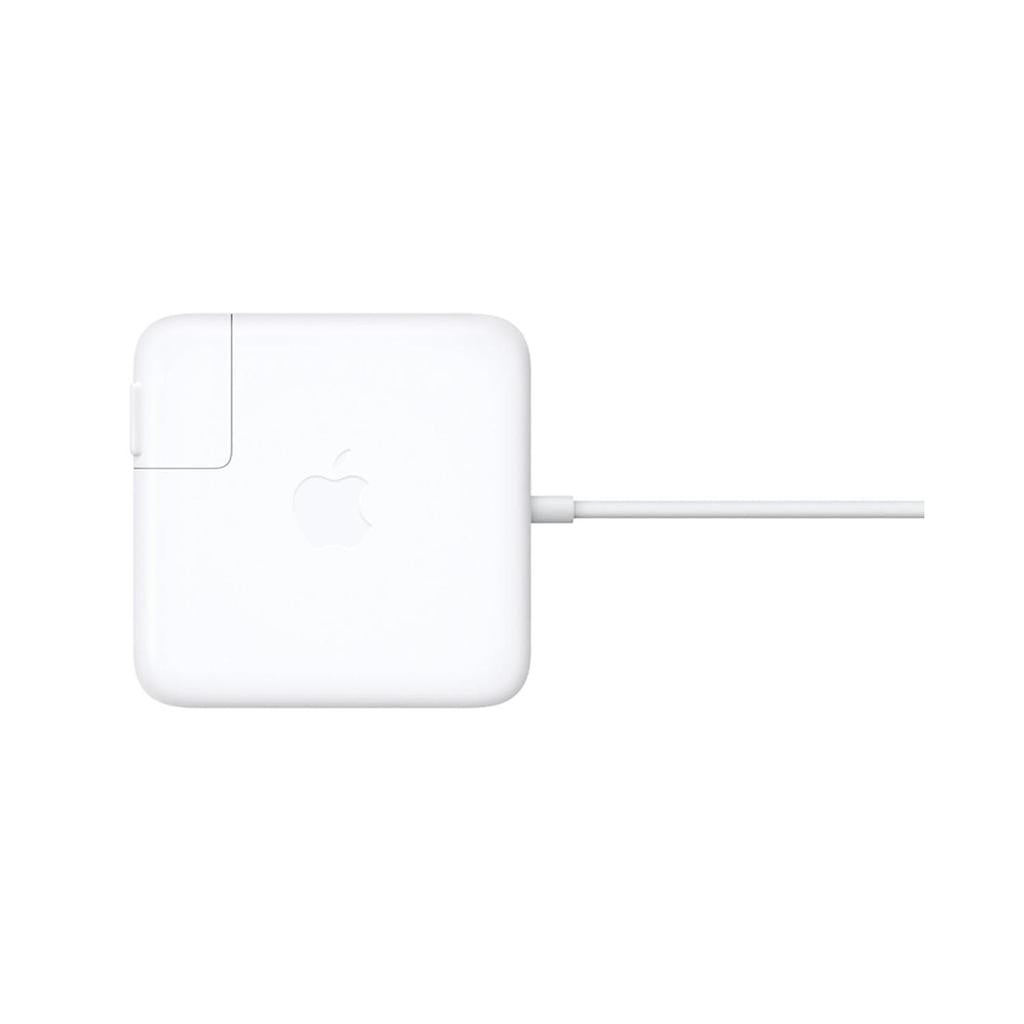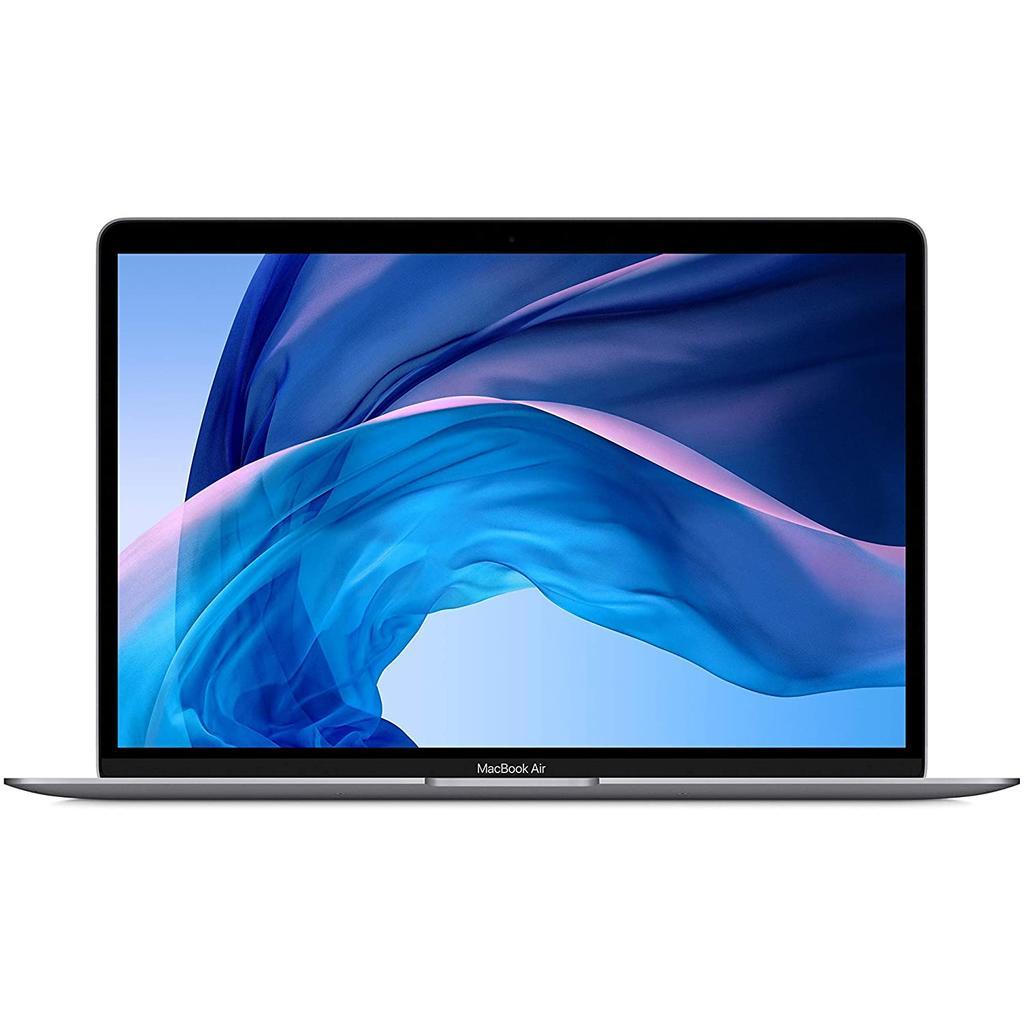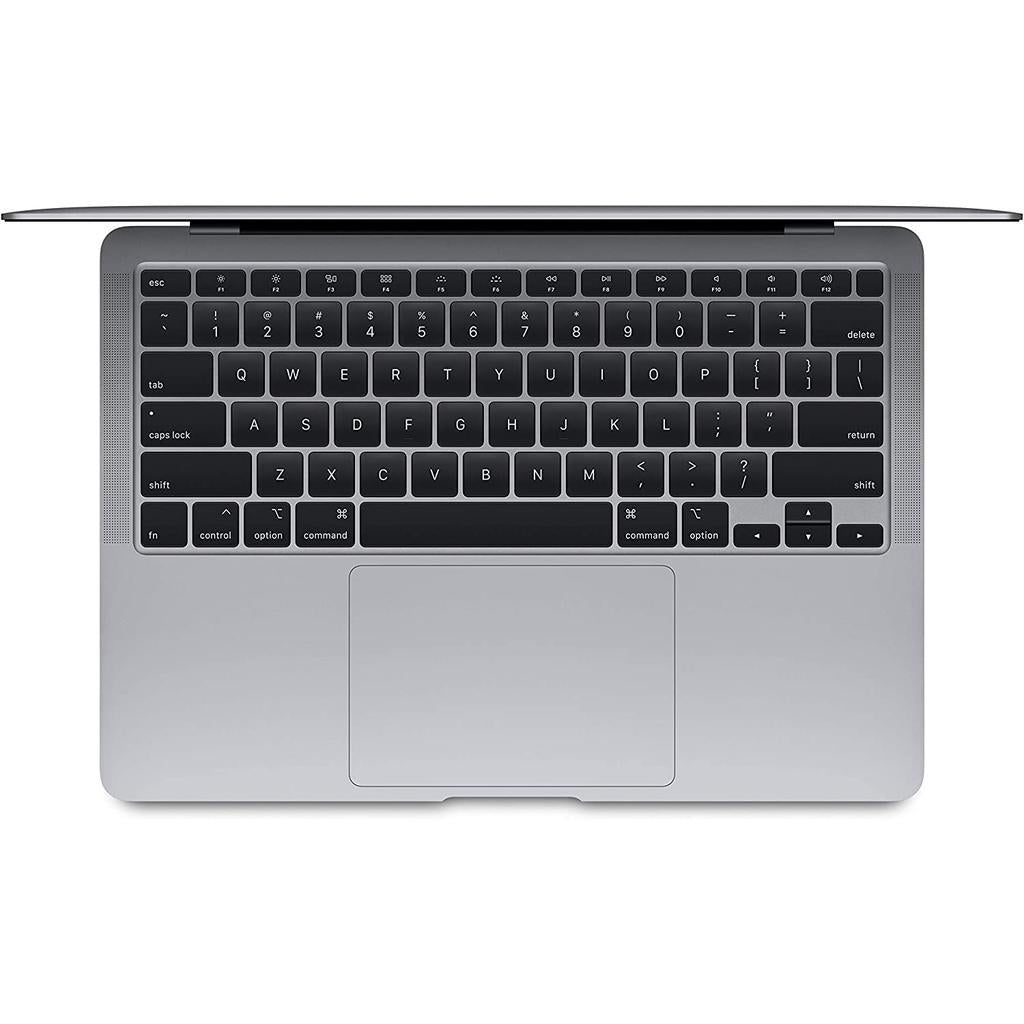How to Make Your MacBook Run Faster: 10 Expert Tips
Your MacBook is a powerful device, but over time, you might notice it running slower than usual. Whether you’re a student, a professional, or a casual user, a sluggish MacBook can be frustrating. Luckily, there are practical steps you can take to optimize its performance. Here are 10 expert tips to make your MacBook run faster.
1. Declutter Your Desktop
Having too many files and folders on your desktop can slow down your MacBook. Each icon is treated as an active window, consuming memory. Organize your files into folders and remove unnecessary items.
2. Update macOS and Applications
Keeping your macOS and applications updated ensures you’re running the latest versions, which often include performance improvements and bug fixes. Go to System Preferences > Software Update to check for updates.
3. Manage Startup Programs
Too many startup programs can slow your MacBook’s boot time. To manage them:
- Go to System Preferences > Users & Groups.
- Select your account and click Login Items.
- Remove unnecessary programs from the list.
4. Clear Cache Files
Cache files can accumulate over time, taking up valuable storage space. Use tools like CleanMyMac or manually clear caches by navigating to ~/Library/Caches and deleting unnecessary files.
5. Uninstall Unused Applications
Unused applications not only take up storage but may also run background processes. Drag them to the Trash or use a dedicated uninstaller for a thorough cleanup.
6. Optimize Storage
Apple offers a built-in storage management feature:
- Go to Apple Menu > About This Mac > Storage > Manage.
- Use recommendations like storing files in iCloud or deleting large files.
7. Check for Malware or Adware
Although macOS is secure, it’s not immune to malware. Install a reliable antivirus program like Malwarebytes to scan and remove any threats.
8. Add More RAM or Upgrade to an SSD
If your MacBook allows hardware upgrades, adding more RAM or replacing your hard drive with an SSD can dramatically improve performance.
9. Reset SMC and PRAM/NVRAM
Sometimes, resetting the System Management Controller (SMC) and PRAM/NVRAM can resolve performance issues. Check Apple’s official guide for instructions specific to your MacBook model.
H10. Regularly Restart Your MacBook
Restarting your MacBook clears temporary files and refreshes the system. Make it a habit to restart at least once a week.
Bonus Tip: Monitor Your Activity
Use Activity Monitor to identify resource-hogging apps. Go to Applications > Utilities > Activity Monitor and check the CPU, Memory, and Disk tabs for insights.
By implementing these tips, you can give your MacBook a significant speed boost and extend its lifespan. Regular maintenance and mindful usage are key to keeping it running like new.
Looking for more tech tips? Check out our blog regularly for updates!

